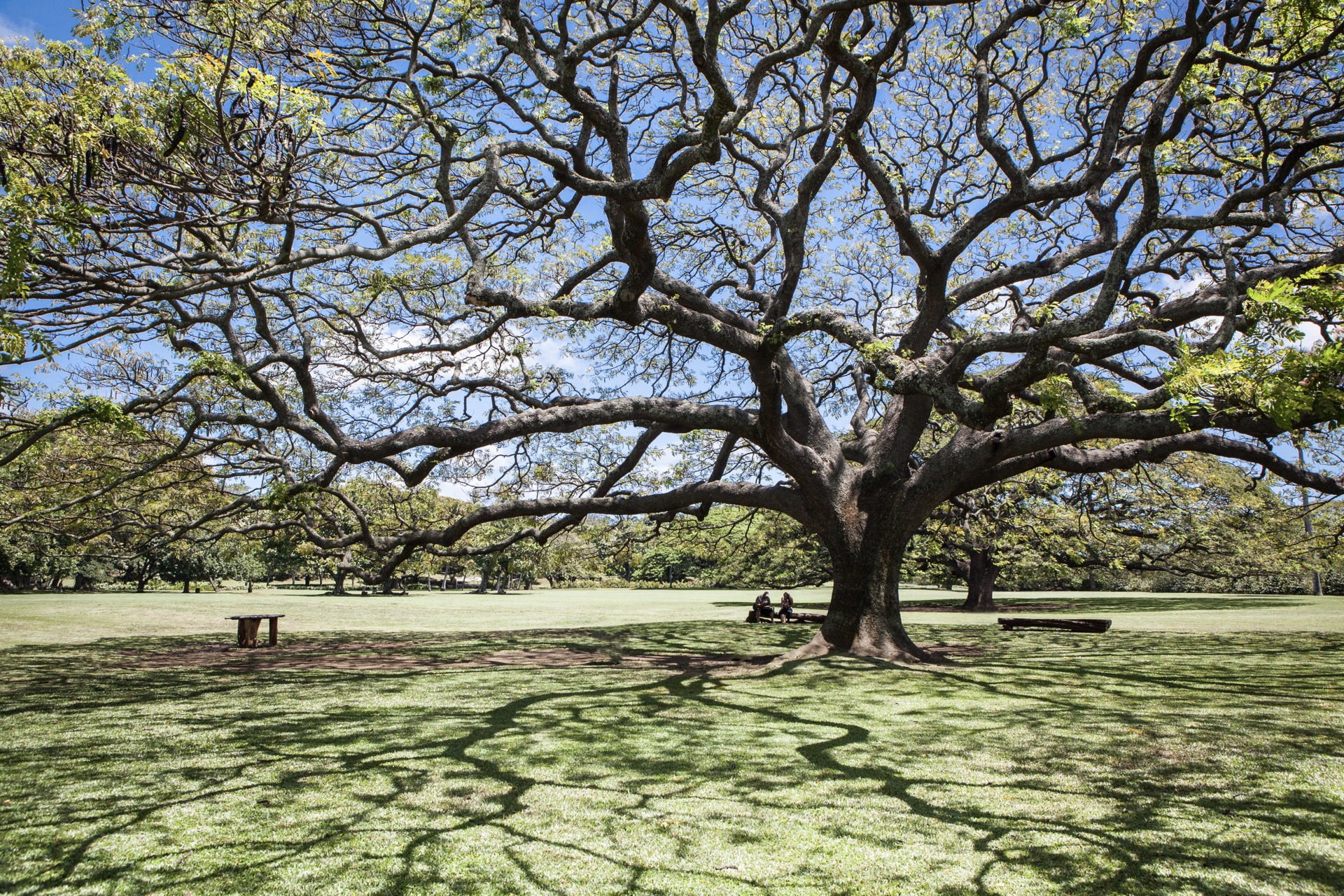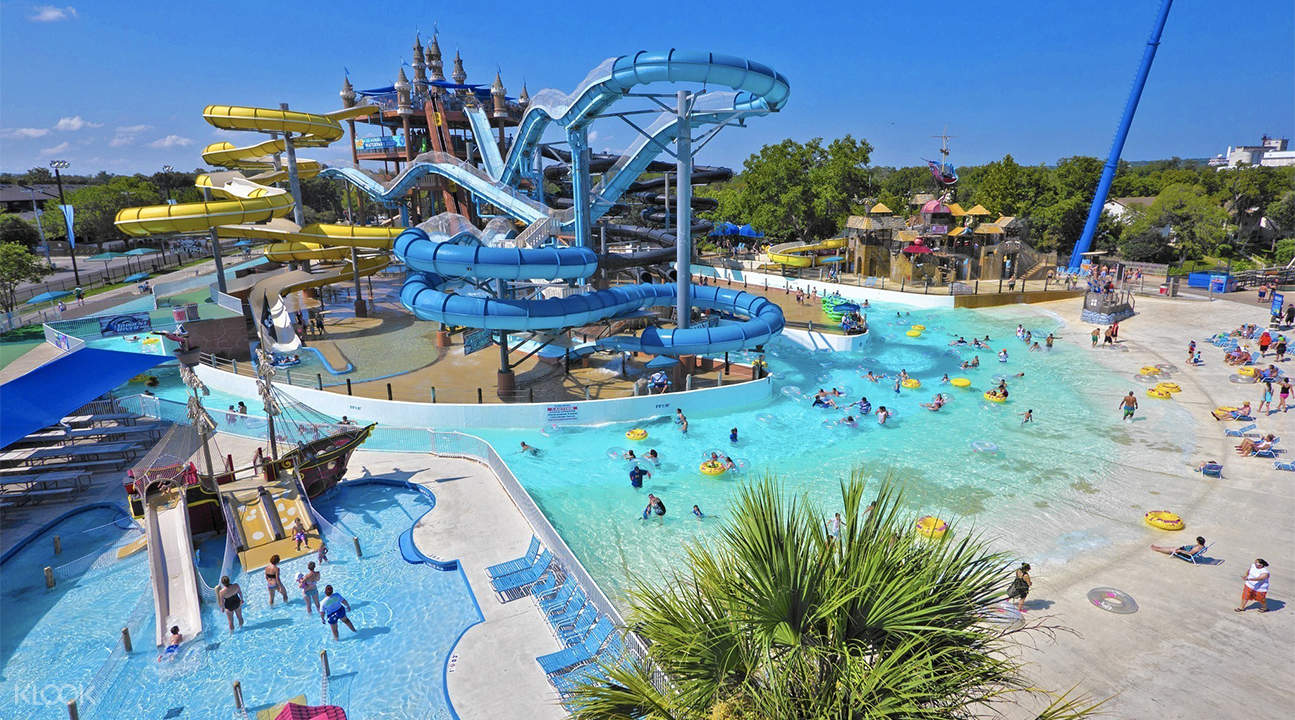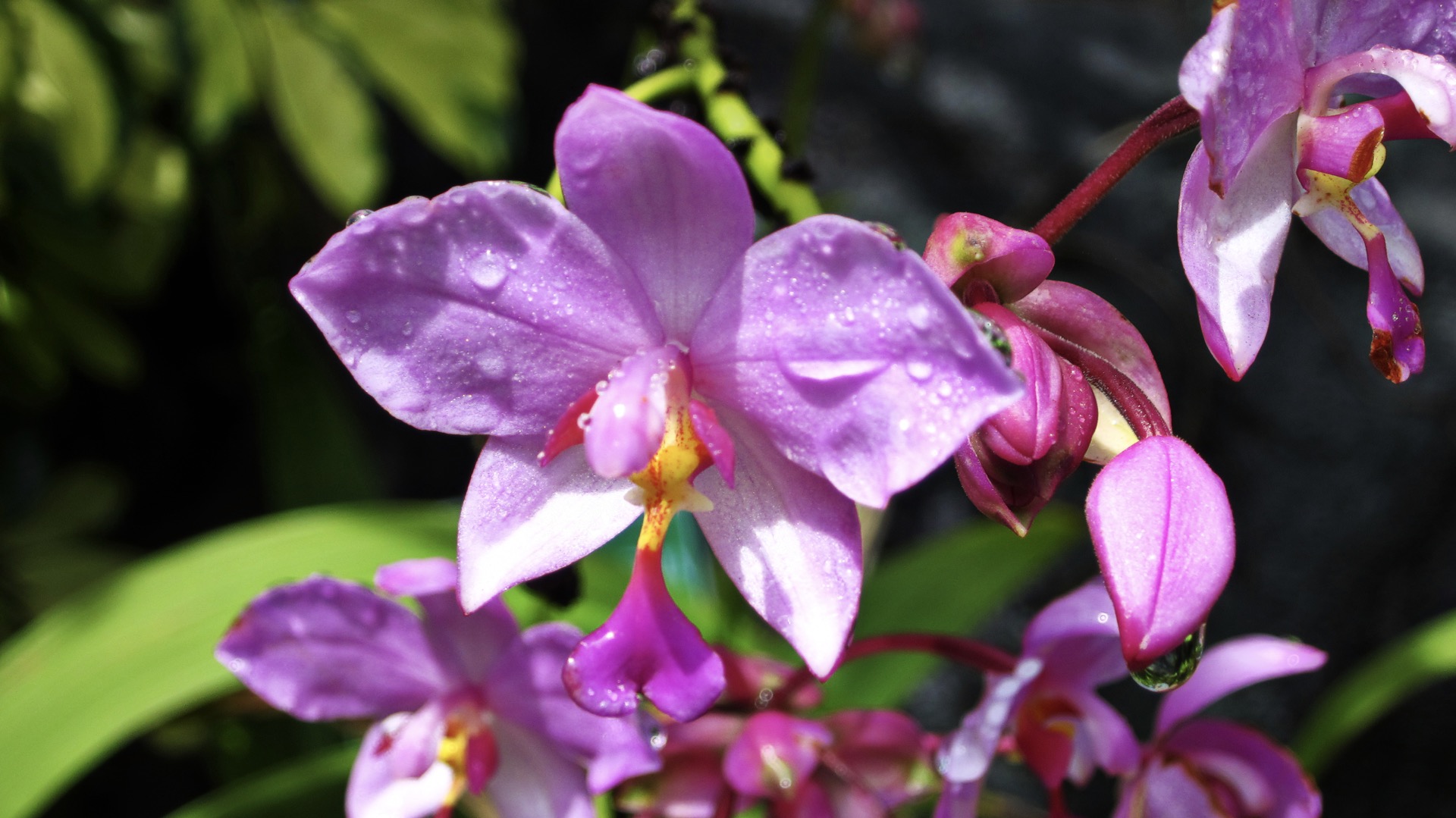Diamond Head State Monument - The popular Hawaii State Park
The beauty of Hawaii is seemingly endless, from its pristine beaches to its majestic mountain ranges. Here we take a look at one of the most popular State Parks in all six islands: Diamond Head State Monument.
Hawaiians refer to it as Le'ahi, scientists refer to it as a tuff cone (consolidated volcanic ash), and 19th-century British seamen referred to it as Diamond Head. This one-of-a-kind crater was formed 300,000 years ago during a single volcanic outburst that blasted ash into the air. That ash accumulated over thousands of years, and today, Diamond Head State Monument's ridgeline is one of the most recognized landmarks of Oahu's skyline, as well as the location of one of the island's most beautiful hiking routes.
The hike to the top of this tuff cone is a tough one but it's worth the scenic view from up there. Most visitors say they feel blessed with the beauty of Waikiki Beach and the Pacific Ocean once reaching the Diamond Head’s summit.
It's important to remember, though, that this natural gem is one of Honolulu's most top attractions, so arrive early to avoid the throngs and beat the sun. Also, remember to carry lots of water with you, since there are no drinking fountains on the route. Consider taking a helicopter trip to get a new view of the landscape.
The best time to visit Diamond Head State Monument
Whether you are looking for a hiking experience or simply sightseeing, Diamond Head has something for everyone. The views here can be seen year-round no matter what time of day it is - perfect! Some people prefer visiting this spot during spring and winter because they feel that these seasons offer more beautiful scenery and they want to escape the heat of summer as well as the bad weather associated with the fall season.
Visitors to Diamond Head Park are welcome on any day of the week. The entrance is open from 6 a.m. to 6 p.m. daily, with the last entry being made at 6 p.m. Keep in mind that after 4:30 p.m., the monument begins to refuse entrance to visitors.
After 4:30 p.m., you would be unable to finish the climb to the top due to time constraints. The early morning hours before the sun becomes too hot are preferred by many hikers because they are more comfortable.








